Which Cloud Approach is Suitable for IoT: A Comparison Guide Between Cloud Agnostic vs Cloud Native Approach
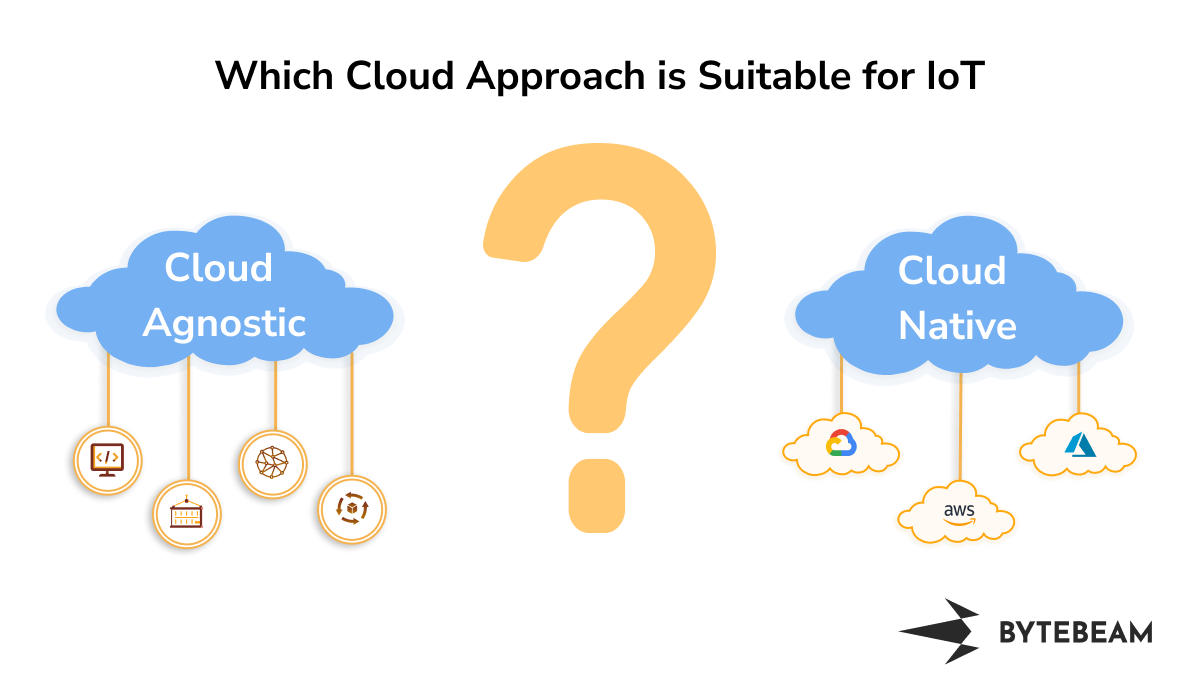
Cloud computing has witnessed a surge in importance within the realm of the Internet of Things (IoT). The adoption of cloud-based solutions for IoT deployments is being driven by several key factors.
Firstly, the scalability and elasticity offered by cloud platforms allow businesses to accommodate the exponential growth of IoT devices and the vast amounts of data they generate.
Secondly, the cloud provides a centralized and secure environment for storing, processing, and analyzing IoT data, facilitating real-time insights and actionable intelligence. Recent statistics indicate this trend, with a report stating that the global IoT cloud platform market is expected to grow with a CAGR of 14.6% from 2023 to 2030.
Furthermore, As the number of edge devices is rising with new technological advancements in edge computing, The computation demand for edge devices is also rising up. With the right cloud computing approach edge computing can offload high computation procedures to the cloud while employing most of the automation and decision-making capabilities at the edge.
With the increase in cloud computing in IoT infrastructure, choosing the right approach for the cloud itself is a challenge. These cloud approaches can be broadly classified into two types. cloud agnostic and cloud-native. Cloud agnostic refers to an approach where applications are designed to be independent of any specific cloud provider, enabling flexibility and portability across multiple platforms.
On the other hand, Cloud-native focuses on leveraging the native services and capabilities of a specific cloud provider to optimize performance, simplify development, and enhance integration. Cloud-native applications are tightly coupled with a particular cloud platform, while cloud-agnostic solutions prioritize interoperability and freedom from vendor lock-in.
In this blog post, we aim to compare and guide you in choosing the suitable cloud approach, whether it be cloud agnostic or cloud-native. Going further, We will provide you insights into the advantages, considerations, and real-world use cases of each approach. Hopefully, this guide will provide you with a better understanding of which cloud strategy aligns with their specific IoT requirements.
Understanding the Cloud Agnostic Approach
The cloud-agnostic approach in IoT refers to developing applications and solutions that are not dependent on any specific cloud provider. It allows IoT devices and systems to operate seamlessly across multiple cloud platforms, providing flexibility, interoperability, and freedom from vendor lock-in. By adopting a cloud-agnostic approach, businesses can avoid being tied to a single cloud provider and instead leverage the best features and services from various platforms to meet their IoT requirements.
Advantages and benefits of adopting a cloud-agnostic approach
- Flexibility and Portability
- Applications can seamlessly operate across multiple cloud platforms.
- The flexibility to choose the most suitable cloud provider based on specific needs.
- Easy migration between cloud environments without significant disruptions.
- Reduced Vendor Lock-In
- Businesses are not tied to a single cloud provider.
- The ability to switch providers if better options or pricing become available.
- Avoidance of potential dependencies and limitations associated with vendor-specific solutions.
- Increased Interoperability
- Seamless integration with various cloud services and APIs.
- Compatibility with different IoT devices and systems.
- Enhanced collaboration and data sharing across heterogeneous cloud environments.
- Ecosystem Flexibility
- Integration with third-party tools, services, and frameworks.
- Seamless connectivity with other IoT ecosystems and platforms.
- Facilitation of partnerships and collaborations across different cloud environments.
Exploring the Cloud Native Approach
The cloud-native approach in IoT refers to developing and deploying applications that are specifically designed to take full advantage of the native services, capabilities, and infrastructure provided by a specific cloud platform. It involves building IoT solutions that are tightly integrated with the cloud provider's ecosystem, leveraging features like auto-scaling, serverless computing, and managed services. With a cloud-native approach, applications are developed using cloud-native architectures, such as microservices and containerization, enabling scalability, agility, and efficient resource utilization.
Advantages and benefits of adopting a cloud-native approach
- Seamless Integration with Native Services
- Cloud-native applications can fully leverage the native services, features, and capabilities offered by the chosen cloud provider.
- Integration with managed services, serverless computing, and auto-scaling enables efficient resource utilization and enhanced performance.
- Simplified Development and Management
- Cloud-native architectures, such as microservices and containerization, facilitate modular development and deployment.
- DevOps practices and tooling can be applied, enabling streamlined processes, continuous delivery, and easier management of the application lifecycle.
- Performance Optimization
- Cloud native applications can be optimized for the specific infrastructure and services provided by the cloud platform.
- Efficient resource allocation, auto-scaling, and high availability contribute to improved performance, responsiveness, and scalability.
- Utilization of Cloud Provider Infrastructure
- Cloud native solutions benefit from the cloud provider's infrastructure, eliminating the need for businesses to invest in their own hardware and infrastructure management.
- This allows businesses to focus on application development and innovation rather than infrastructure maintenance.
Cloud native vs cloud agnostic approach
When comparing the cloud-agnostic and cloud-native approaches, several factors come into play. To choose the right approach for designing cloud architecture for your IoT application following factors need to be considered.
Cost
- Cloud Agnostic: Initially higher setup costs but potential long-term cost savings with the use of open-source tools.
- Cloud Native: Lower initial setup costs, but costs can increase significantly at scale due to cloud-specific services and features. Let's take an example of AWS IoT. For 100,000 devices making connections every 1 min. The monthly bill would be 3400$
Performance Optimization
- Cloud Agnostic: Requires steering and optimization of different tools independently, allowing flexibility to optimize performance according to specific needs. For example, you can use InfluxDB for medium-scale deployments and later can switch to Timescale DB for large-scale deployment
- Cloud Native: Can leverage cloud-specific performance features easily, potentially leading to easier performance optimization.
Complexity in Architecture Design
- Cloud Agnostic: More complex architecture design due to the need for integration and management of various third-party tools. For example, integrating multiple open-source components for different functionalities. Docker for containerization, k8s for orchestration, Grafana for data visualization and Timescale as a TSDB.
- Cloud Native: Typically less complex architecture design as it can make use of cloud-specific tools and services that are designed to work together seamlessly.
Scalability
- Cloud Agnostic: Requires optimization at each step for scalability. However, it offers the flexibility to choose and adapt tools as per requirements.
- Cloud Native: Auto-scaling capabilities without the need for extensive architecture optimization. However, scalability at a large scale can become more expensive due to the utilization of cloud-specific services. For 100,000 devices sending messages every 1 min. The monthly bill would be 12960$
Time to Market
- Cloud Agnostic: Slower time to market due to the need for more integration work and customization using various tools.
- Cloud Native: Faster time to market as it can leverage cloud-specific features and services, which are readily available and integrated within the cloud platform.
Deployment and Development
- Cloud Agnostic: More complex deployment and development processes due to the need to work with multiple tools and technologies. For example, configuring and deploying applications using open-source tools on different cloud providers.
- Cloud Native: Less complex deployment and development processes as cloud-native tools and services are specifically designed for the chosen cloud platform. For example, using we can use AWS code build and code pipeline for easy deployment.
Interoperability
- Cloud Agnostic: Easier interoperability as it is not tied to any specific cloud provider's ecosystem, making it compatible with multiple cloud platforms.
- Cloud Native: More difficult interoperability as cloud-native applications may rely on specific cloud provider features and services, potentially limiting compatibility with other cloud platforms. For example, AWS cloud-native microservice architecture will not be compatible with Google cloud platform
Comparison summary
| Criteria | Cloud Native | Cloud Agnostic |
|---|---|---|
| Cost | Typically lower upfront costs, but can be more expensive in the long run due to vendor lock-in | Typically higher upfront costs, but can be more cost-effective in the long run due to portability |
| Integration complexity | Lower integration complexity, as applications are designed to be compatible with the cloud provider's APIs and services | Higher integration complexity, as applications need to be made compatible with multiple cloud providers' APIs and services |
| Time to market | Faster time to market, as applications can be built and deployed using cloud-native tools and frameworks | Slower time to market, as applications need to be made compatible with multiple cloud providers' tools and frameworks |
| Performance optimization | Easier to optimize performance, as applications are designed to take advantage of the cloud provider's infrastructure | Requires steering and optimization of different tools independently, allowing flexibility to optimize performance according to specific needs |
| Scalability | Easier to scale applications, However, scalability at a large scale can become more expensive | Requires optimization at each step for scalability. However, it offers the flexibility to choose and adapt tools as per requirements. |
| Development and deployment | Easier to develop and deploy applications, as there is a wide range of cloud-native tools and frameworks available | More difficult to develop and deploy applications, as there are no standardized cloud-agnostic tools and frameworks |
| Interoperability | Lower interoperability, as applications are designed to be specific to a single cloud provider | Higher interoperability, as applications are designed to be compatible with multiple cloud providers |
Showcasing real-world IoT implementations using the cloud-native approach
Smart Agriculture Monitoring System
Here is a real-world example of a smart agriculture system using a cloud-native approach. We have used AWS serverless approach to create IoT cloud architecture for Wireless sensor networks used to monitor environmental parameters inside indoor farms.
IoT Sensors
Smart Agriculture Monitoring System contains a combination of different sensors to monitor and automate indoor farms. IoT sensors monitor different parameters like Temperature and humidity
- CO2
- Light intensity
- Soil moisture
Serverless Architecture for IoT Cloud
The figure shown below shows the IoT architecture using different AWS microservices. AWS microservices shown in the wiring diagram are the building blocks of my serverless architecture. let's get into detail about these microservices:
- AWS IoT handles all the device-side requests. It receives all the MQTT requests and processes them. AWS IoT is used for device provisioning and device management. It gives some initial analytics about the device's health. AWS Lambda
- For this application, AWS Lambda serves a variety of functions.
- Parsing MQTT data from AWS IoT and storing it into database.
- It is used to send push notification
- It is used to handle mobile and web HTTP requests.
- Handling device OTA
- AWS Timestream is timeseries database for this application to store incoming data from devices. It can handle incoming writes precisely with nanoseconds frequency.
- AWS API Gateway handles all the HTTP requests from mobile and web. it reads and writes all the HTTP requests from a client. AWS Lambda functions are used as the code block to handle all the API Gateway HTTP events.
- Application uses AWS Dynamo DB to store device metadata and user information. All the reads and writes for mobile and web apps are taken care of by Dynamo DB.
- Application uses AWS Grafana as our web application to monitor device data. It gives us a variety of analytics tools, charts, graphs, etc to visualize our data.
- AWS Simple notification service is a notification platform. We are using AWS SNS to send push notification alerts and emails.
- We are using AWS S3 for Over the air firmware update for IoT devices. We are also using AWS S3 to host our static website.
Highlighting real-world IoT implementations using the cloud-agnostic archtecture
At Bytebeam, we have adopted a cloud-agnostic approach in designing our cloud architecture for the IoT device management and data visualization platform. Our platform serves over a million device requests each month, and the cloud-agnostic approach allows us to leverage the benefits of multiple cloud providers while maintaining flexibility and cost-effectiveness. Let’s have a broader look into it
-
MQTT Broker
- We have used RuMQTT as our MQTT broker. This is a rust-based MQTT broker which handles all the device-side requests. It receives MQTT messages from the device and stores them in a time series database.
-
TimeSeries Database
- Bytebeam uses clickhouse as its time series database. Click house is used as a device database. Mqtt broker receives all the MQTT messages from the device, processes them and stores messages into Clickhouse.
-
PostgresSQL
- Postgres is an open-source object-relational database management system (ORDBMS). It uses SQL queries. Bytebeam uses Postgres as a user database. It manages all the frontend requests
-
S3
- We are using AWS S3 for Over the air firmware update for IoT devices. Firmware binary files are kept in S3.
Guideline to design your IoT cloud architecture using a cloud-agnostic approach
IoT is fairely a new technology in the cloud computing domain. Designing an IoT cloud architecture flexible and scalable infrastructure using a cloud-agnostic approach needs a lot of thought processes and strategy. There are multiple open-source tools available for this purpose, But customizing tools according to your needs is itself a tedious task. In this section, we will be presenting a guideline to design your IoT cloud architecture using cloud agnostic. The aim of this guideline is to help you with saving at scale and not limit performance. First, let's take a look at the building blocks of IoT cloud architecture. The key building blocks of an IoT cloud architecture include the device layer, data layer, application layer and presentation layer
Building Blocks of IoT cloud architecture
- Device layer: The device layer consists of the physical IoT devices that collect data. These devices can be anything from sensors to actuators.
- Data layer: The data layer consists of the databases that store the data collected from the devices. These databases can be cloud-based or on-premises.
- Application layer: The application layer consists of software applications that process and analyze the data from the databases. These applications can be used to monitor, control, and automate devices.
- Presentation layer: The presentation layer consists of user interfaces that allow users to interact with the data from the applications. These interfaces can be web-based, mobile, or desktop applications.
Choosing cloud-agnostic tools for your IoT application components
Keeping building blocks in mind we can choose the tools to design components of our IoT cloud architecture. Let’s dive deeper into these tools and components of IoT cloud architecture. Key components of IoT cloud architecture include device authentication and communication, device management, time series databases, over-the-air (OTA) firmware services, and data visualization panels.
Device communication
MQTT (Message Queuing Telemetry Transport) is a lightweight and open-source publish/subscribe messaging protocol commonly used in IoT applications. Some of examples of cloud-based MQTT brokers are
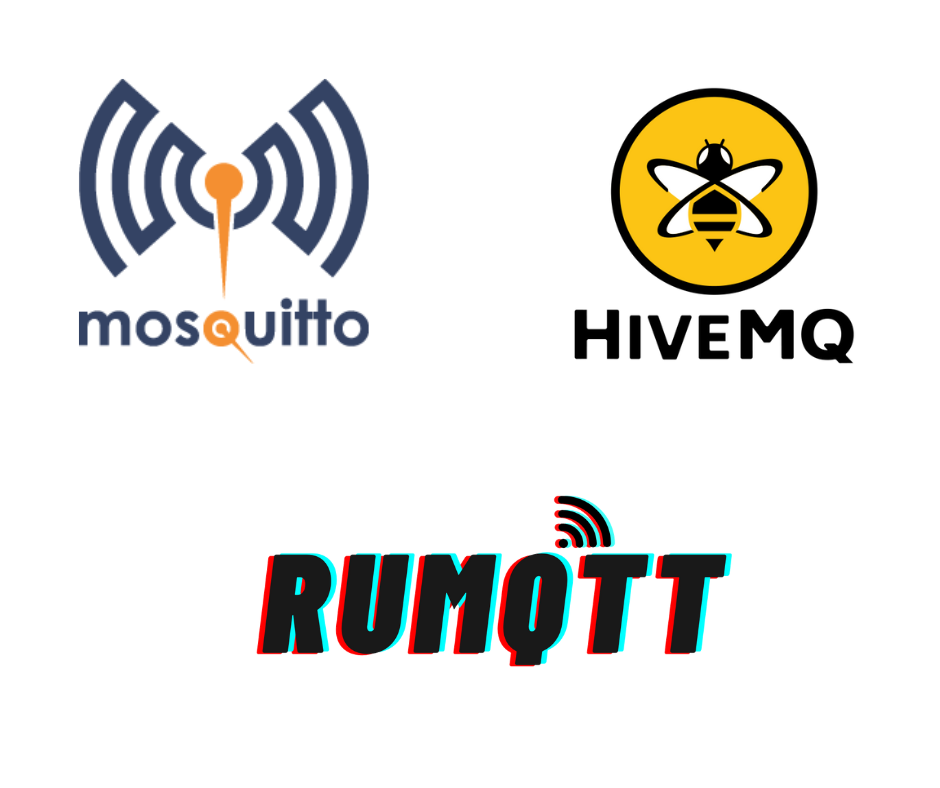
Device management
Once the devices have been authenticated and connected to the cloud, they need to be managed. This includes tasks such as:
- Provisioning: This involves configuring the devices with the necessary settings and software.
- Monitoring: This involves tracking the health and performance of the devices.
- Updating: This involves updating the devices with the latest firmware and software.
There are a number of different cloud-based device management tools available, such as:
- AWS IoT Device Management
- Azure IoT Hub
- Google Cloud IoT Core
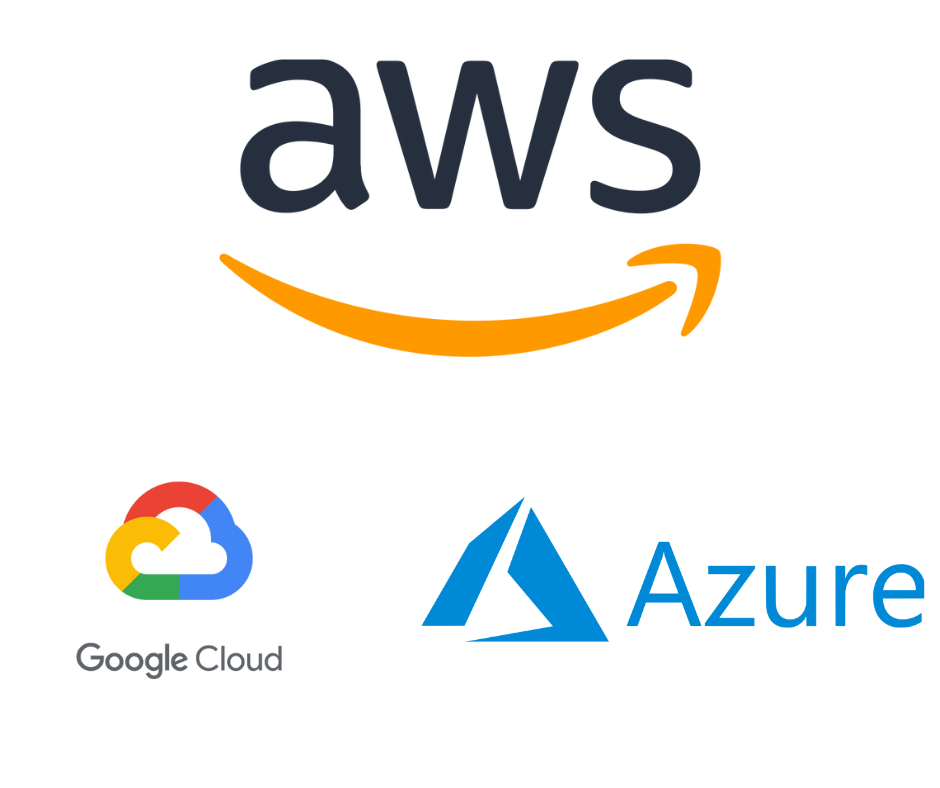
Device Database
For IoT applications, we generally use the Timeseries database for storing IoT device data because of its time-based indexing, compression techniques, performance and scalability. They provide efficient storage, retrieval, and analysis of time-series data, enabling quick and scalable processing of time-dependent information. Some of the well-known time series databases are:
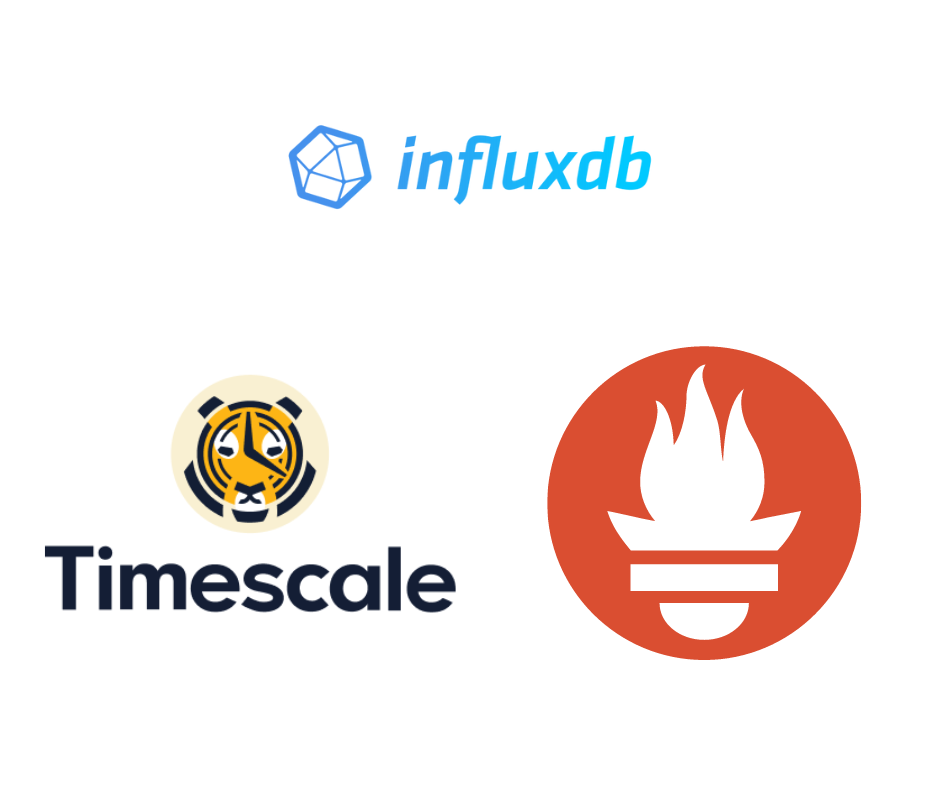
Device Visualization
Data visualization in IoT refers to the presentation of IoT-generated data in a visual format, such as charts, graphs, maps, and dashboards, to gain insights and facilitate decision-making. Examples of data visualization tools include:
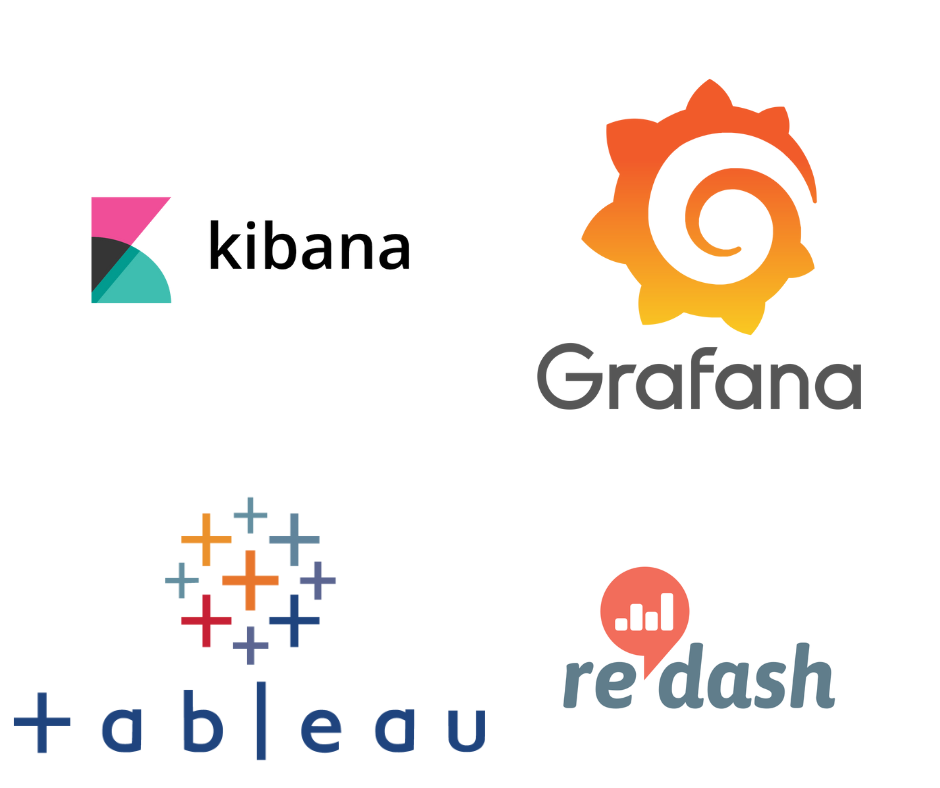
Relational Databases
In an IoT context, a relational database is used to store structured data like device metadata, user information etc. Examples of relational databases commonly used are
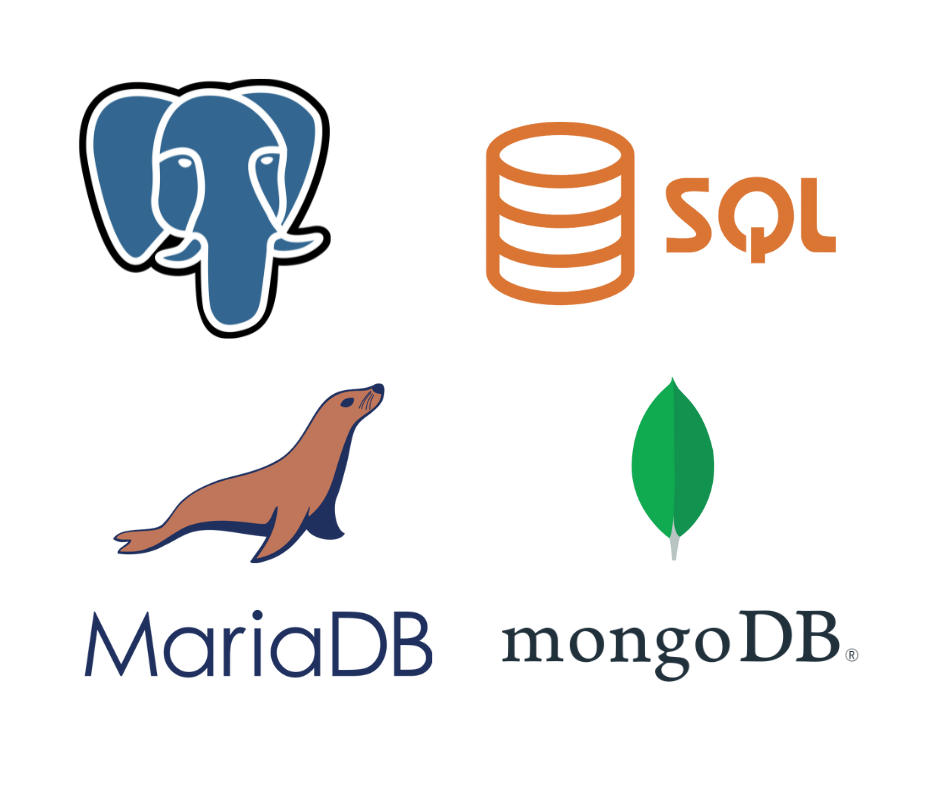
Deployments
Deployment in IoT refers to the process of installing and configuring IoT devices, software, and infrastructure to make them operational in real-world environments. Deployment tools in IoT help automate and streamline the deployment process. Some of the well-known deployment tools are:
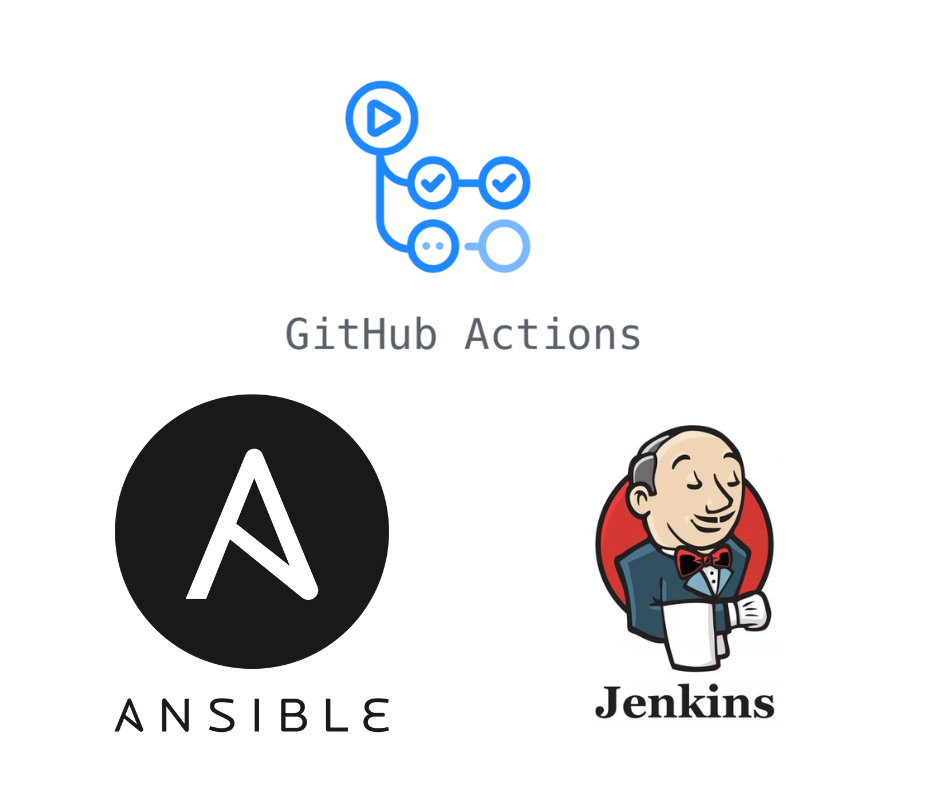
Orchestration
Orchestration in the cloud refers to the automated management and coordination of various computing resources, containers, and services within a cloud infrastructure. It involves tasks such as deployment, scaling, load balancing, and service discovery to ensure efficient and reliable operation of applications.
Kubernetes, also known as K8s, is a popular open-source container orchestration platform that simplifies the management of containerized applications. It provides a robust framework for automating the deployment, scaling, and management of containers across clusters of hosts. While Kubernetes is a widely adopted solution for container orchestration, there are alternative platforms available in the market. Some notable alternatives to Kubernetes are
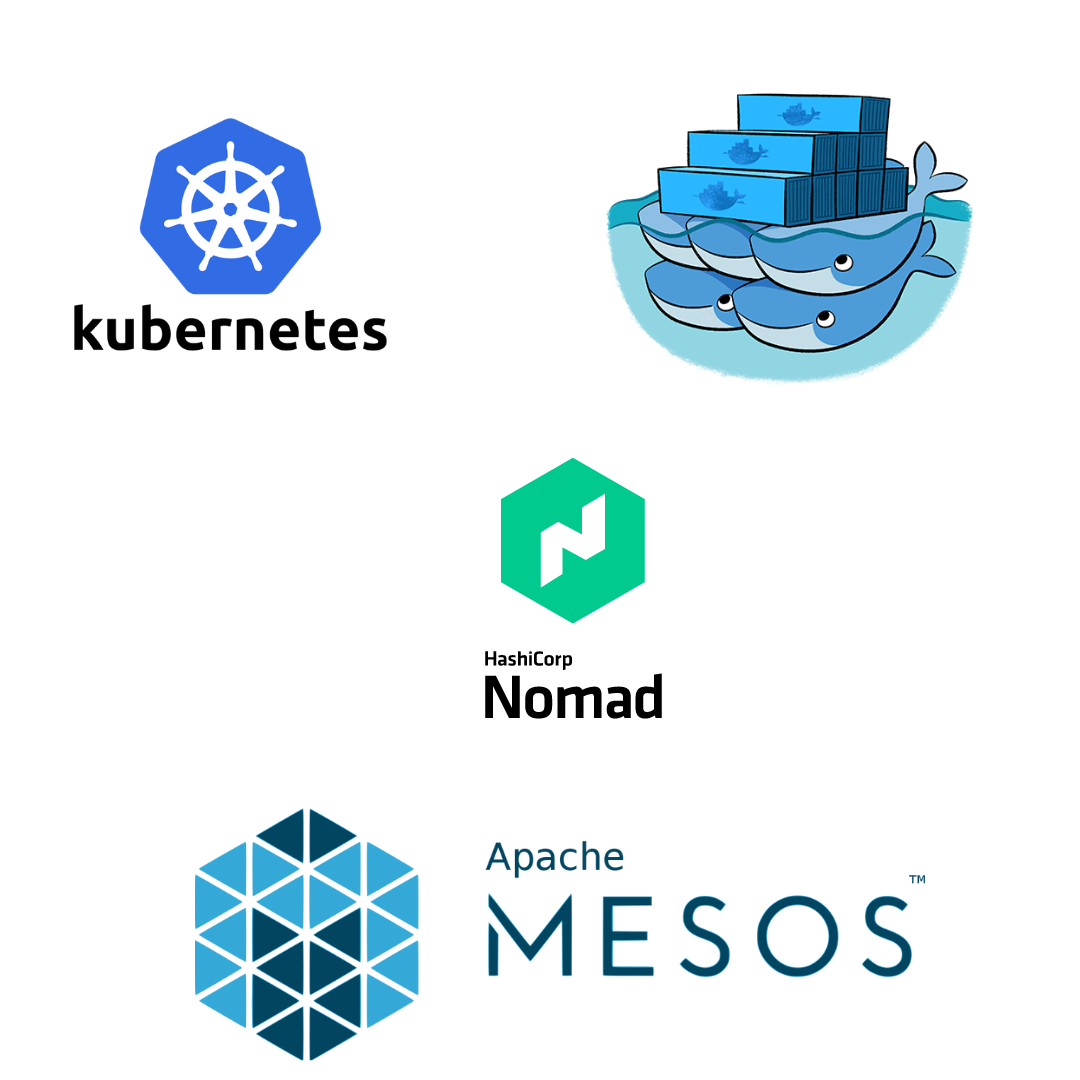
Best Practices
Tips for Evaluating and Selecting the Appropriate Cloud Approach for Specific IoT Use Cases
- Define clear requirements and objectives for your IoT use case, considering factors like scalability, performance, security, cost, and development speed.
- Conduct a thorough evaluation of the advantages and limitations of both cloud-agnostic and cloud-native approaches, aligning them with your use case requirements.
- Consider the complexity of integration, data volume, real-time processing needs, and the potential impact of vendor lock-in.
Suggested Steps for Implementation and Migration to the Chosen Approach
- Develop a detailed implementation plan, including resource allocation, timeline, and milestones.
- Design the architecture with scalability, fault tolerance, and interoperability in mind.
- Implement effective data management strategies, including data ingestion, storage, and analytics pipelines.
Conclusion
In conclusion, choosing the right cloud approach for IoT deployments requires careful consideration of various factors. For organizations seeking cost-effectiveness, long-term savings, and flexibility in choosing cloud services, the cloud-agnostic approach proves beneficial. On the other hand, the cloud-native approach offers advantages in terms of performance optimization, time-to-market, and ease of deployment and development.
This comparison guide between the cloud-agnostic and cloud-native approaches sheds light on their respective strengths and considerations.
I hope you gained valuable insights from this comparison summary. As we continue to come up with more interesting tutorials and maker content, we invite you to explore Bytebeam further and see how our platform can empower your projects.
Stay Tuned!
